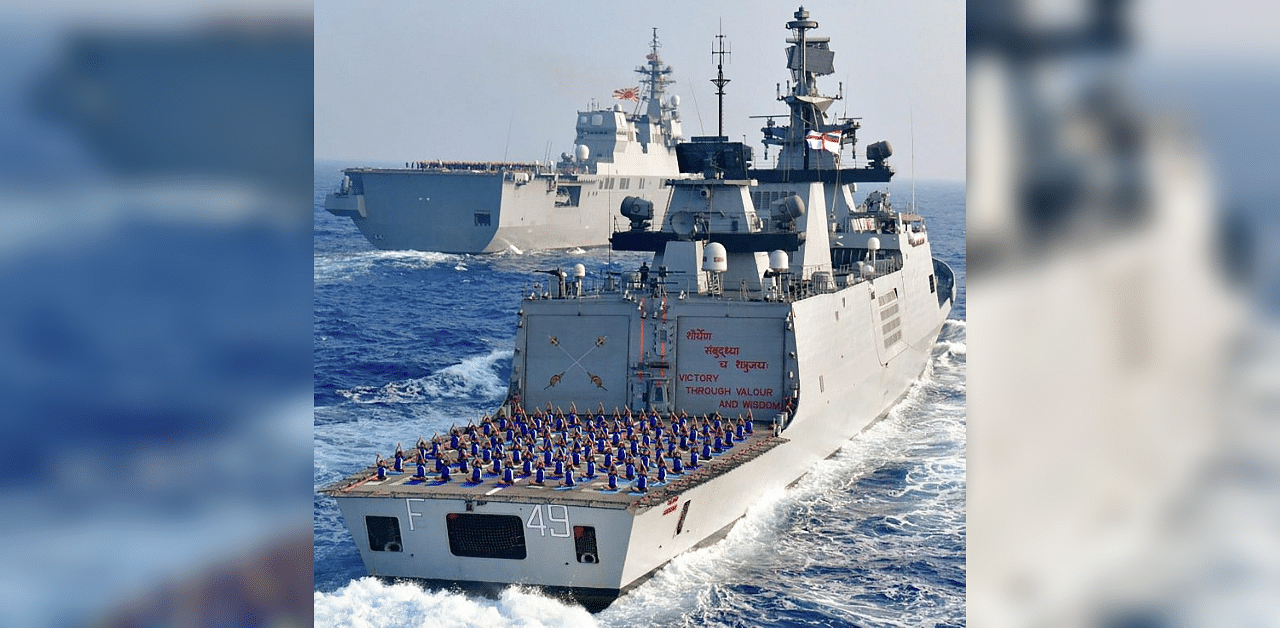
Australia will join three-way naval exercises involving the United States, Japan and India, in a move that could provoke concern from China, which has criticised similar joint drills in the past.
Here are some of the most common questions on the Malabar exercise:
What is the Malabar exercise?
The Malabar naval exercise began in 1992 as a training event between the United States and India. Japan joined it in 2015, but Australia has not participated since 2007.
The exercise was conducted off the coast of Guam in the Philippine Sea in 2018 and off the coast of Japan in 2019.
This year's drills are likely to be held in the Bay of Bengal and the Gulf, India's defence ministry says. Dates have not yet been confirmed.
Why is it significant?
It will be the first time that the United States, India, Japan and Australia - the informal grouping is known as the Quad - have participated in a joint military exercise of this size.
The four democracies in the Indo-Pacific hope the exercise can act as a counterweight to the Chinese military and political influence in the region.
India, which is locked in a military stand-off on the disputed land border with China, hopes the expansion of the exercise will contain what it sees as Beijing's intrusion into its territory, analysts say.
"The road to peace in the mountains may lie through the sea," a leading newspaper, the Hindustan Times, said in an editorial on Tuesday.
What ships will participate?
"It will be the best of the best," said Captain D K Sharma, a defence analyst at BharatShakti.in and a former Indian navy official.
India, which last year sent two smaller warships, was likely to send a larger carrier this time as smaller distances are involved, Sharma said.
The United States already has the supercarriers Nimitz in the Gulf and Ronald Reagan in the Bay of Bengal, both possible participants in the drill.
Japan's navy is likely to send one of its two 'Izumo-class' helicopter carriers, Sharma said, the largest in its fleet and which have been part of the exercise for several years.
Australia could send one of its newest ships, such as the destroyer Hobart, he added.
How will Covid-19 impact on exercise?
Participants usually meet in the host country before the drills begin, as well as exchanging crew members for observation purposes.
But India's defence ministry has said this year's exercise will be "non-contact", meaning participants will not meet in person, nor will crews be transferred between ships, as a precaution against the coronavirus.